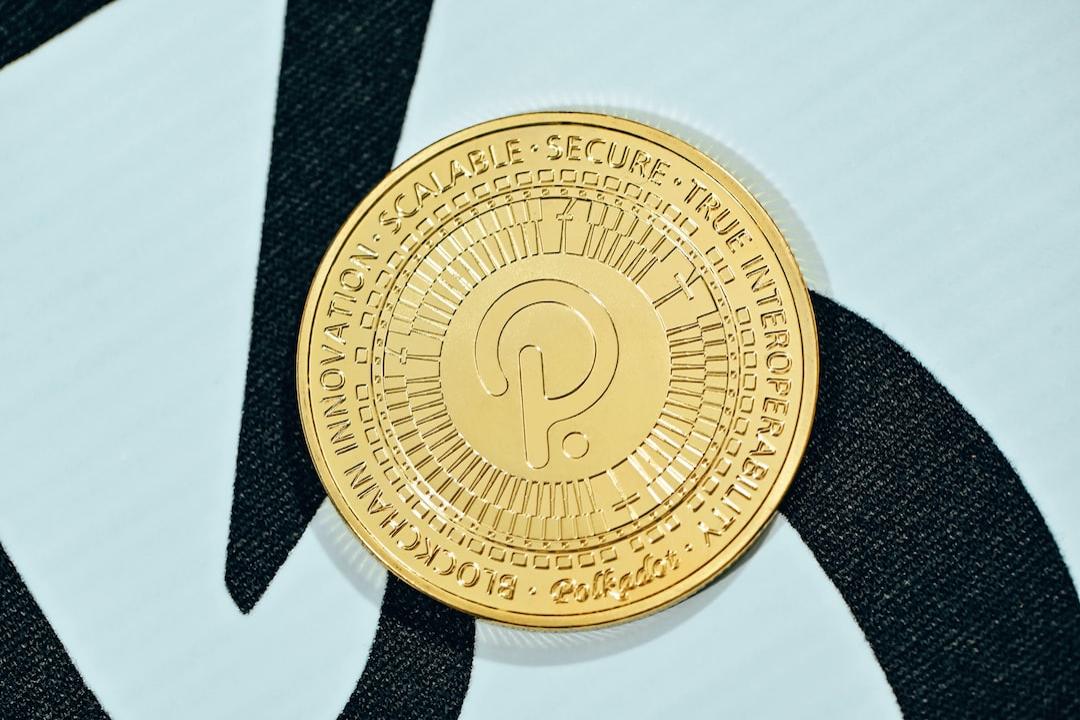Is the US Dollar Entering a Bear Market? Gold and Bitcoin Become the New Favorites in the Market
Investors See Losses Amid Dollar Weakness
In the past, many investors profited by holding dollars and investing in the U.S. stock market, but with the dollar weakening, this strategy has resulted in approximately 14% losses this year. International investors are beginning to reassess the hedging costs of dollar assets and consider adjusting their investment strategies. Experts predict that the euro may continue to appreciate in the coming years, while the weakness of the dollar could drive up the prices of safe-haven assets such as gold and Bitcoin.


Buying Dollars and U.S. Stocks Leads to 14% Loss This Year
For years, this has been a lucrative trade for investors in London, Paris, and Tokyo: buying dollars and investing the returns in the S&P 500 and Nasdaq stocks. The returns from U.S. stocks not only far exceeded those of domestic stocks but were also amplified by the stable appreciation of the dollar. However, after U.S. President Trump launched a global trade war, the script suddenly changed, and the S&P 500 index fell 6% this year, translating to a 14% loss for investors measuring returns in euros and yen (as the dollar index has fallen 8% year-to-date, particularly against the yen and euro). The speed of this collapse, coupled with the White House’s ongoing unpredictability, has left investors who once hoped for the U.S. to be a safe haven and source of substantial returns feeling uneasy.
High Hedging Costs for the Dollar
According to Bloomberg, many foreign investors have finally realized the risks involved in pouring large amounts of capital into dollars. Many institutions are now scrambling to increase currency hedging for their U.S. stock portfolios. Traders concerned about currency declines typically sell dollars in the forward market. For investors in Swiss francs or yen, the three-month hedging cost is approximately 4% on an annualized basis, while for euro investors, it is slightly above 2%. The result is that while they can offset the dollar’s decline, they also miss out on any currency gains, and the rolling costs may erode returns.
Options are another strategy; according to data from the U.S. Clearing Corporation, trading in euro-dollar contracts is setting new records. However, greater volatility also translates to higher hedging costs. For euro investors, costs have increased by 15% since the beginning of this year.
The Era of American Exceptionalism Begins to Fade
Is this the beginning of a gradual withdrawal of international investors from the U.S. market? Given the vast sums invested in the U.S., even a small outflow of assets could lead to greater distortions in exchange rates and global asset prices. Many strategists indicate that the trend of a strengthening euro and a weakening dollar will persist for several years. George Saravelos from Deutsche Bank believes, “The era of American exceptionalism is beginning to fade.” He predicts that by the end of 2027, the euro to dollar exchange rate will climb to 1.30, a ten-year high. Kirstine Kundby-Nielsen, a currency analyst at Danske Bank A/S, believes that Europe is becoming a more viable option for investors, forecasting the euro will reach 1.22 against the dollar within the next 12 months. The euro-dollar rate has risen nearly 10% year-to-date, currently at 1.1334, with a 7.6% gap to 1.22 and nearly a 15% rise needed to reach 1.30.


Dollar Weakness Benefits Gold and Bitcoin
A decline in the dollar typically drives up gold prices as investors seek safe-haven assets, and since gold is priced in dollars, this also fuels its upward momentum. Bitcoin, which is often likened to gold, appears to possess similar characteristics. Bitcoin has recently outperformed the stock market, seemingly preparing to consolidate and make a move in this pullback. Ark Invest, the most bullish on Bitcoin, recently released a “2025 big ideas” report, adjusting its 2030 bull market price target for Bitcoin to $2.4 million.
(Ark Invest: Considering Bitcoin’s active supply, BTC could reach $2.4 million by 2030)
Risk Warning
Investing in cryptocurrencies carries a high level of risk, and prices can be highly volatile, leading to the potential loss of your entire principal. Please carefully assess the risks.
